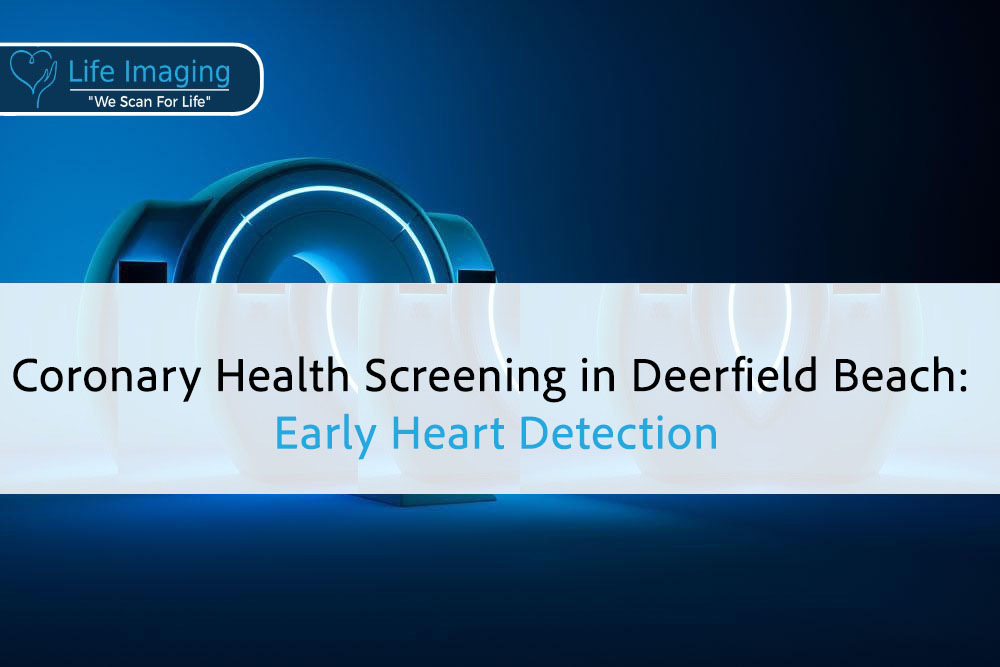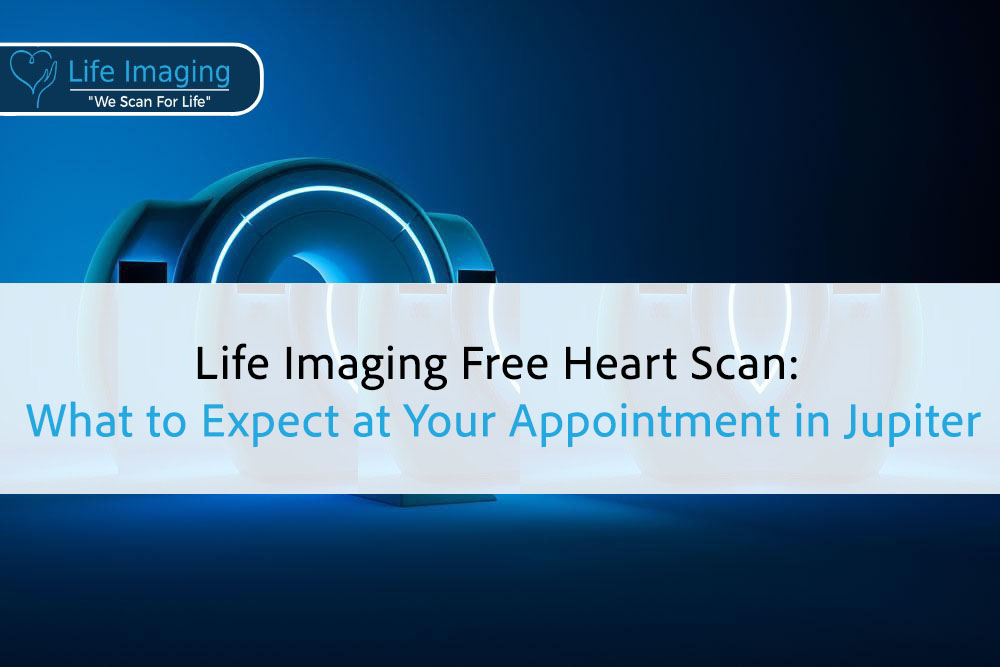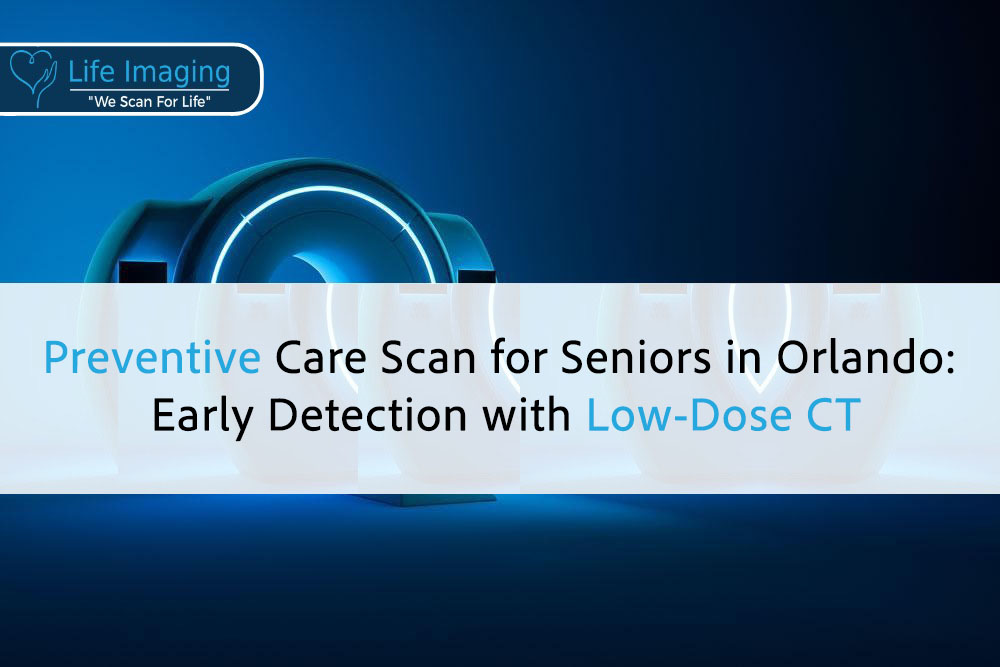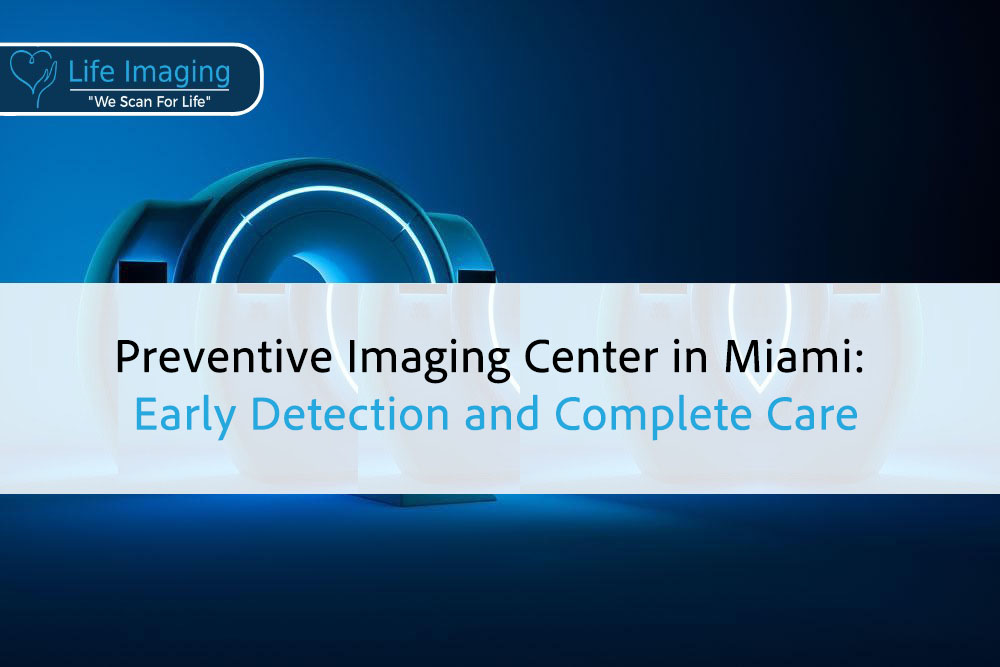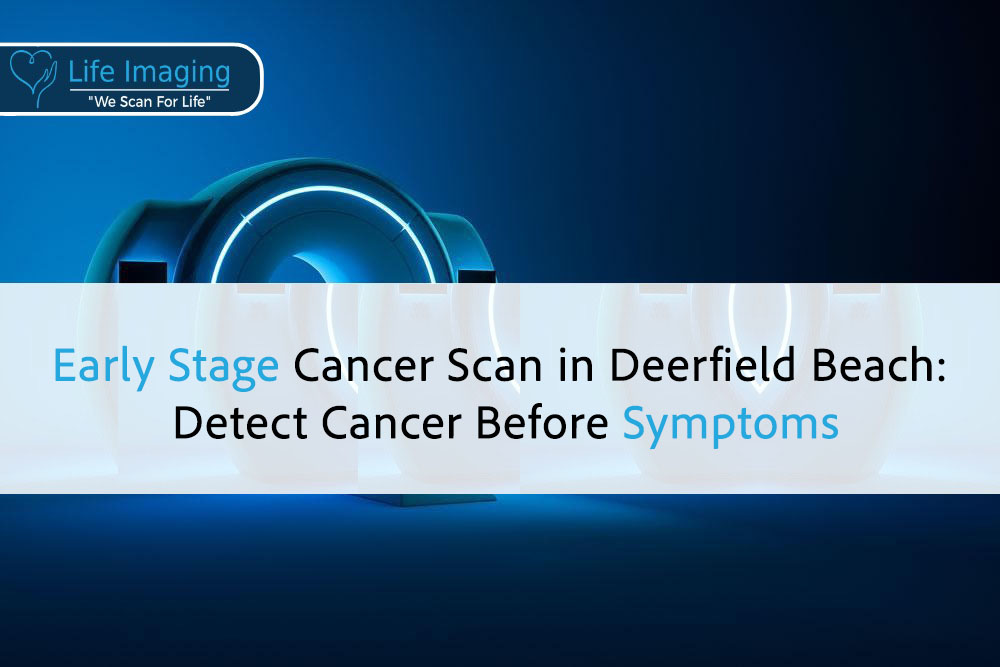Lung screening is an important medical tool that helps detect lung problems early. By finding issues before they get serious, lung screenings can save lives. If you are at risk for lung diseases or have symptoms, regular screenings are crucial.
Lung screenings involve various tests such as CT scans, X-rays, and PET scans. These tests look for signs of lung cancer, infections, and other lung conditions. Understanding what to expect during these tests can make the experience less stressful and more effective.
Knowing how to prepare for a lung screening is also essential. Simple steps like following instructions given by your healthcare provider can make the tests go smoothly. Don’t worry; we’ll look at the importance of lung screening, who should get screened, and how to get ready for your appointment. By being informed, you can take better care of your lungs and overall well-being.
What Is Lung Screening and Why It Matters
Lung screening is a medical test that checks for lung problems before symptoms appear. It helps detect diseases like lung cancer early when they are easier to treat. By identifying issues sooner, lung screening can improve your chances of successful treatment and reduce the risk of serious illness.
There are various tests used in lung screening, including CT scans, X-rays, and PET scans. These tests provide detailed images of your lungs, allowing doctors to spot abnormalities like tumors, infections, or other lung conditions.
Screening is especially important for people at high risk of lung diseases, such as smokers or those with a family history of lung cancer. Regular lung screenings can lead to early diagnosis and timely treatment, which can significantly improve survival rates and overall health.
Understanding the Risks: Who Needs Lung Screening
Certain people are at higher risk for lung diseases and should consider regular lung screenings. Knowing if you fall into a high-risk category can help you take proactive steps for your health.
People who should get lung screening include:
- Smokers: If you smoke or have smoked in the past, especially for many years, your risk of lung cancer is higher.
- Age: Lung screening is recommended for individuals aged 55-80 who have a long history of heavy smoking, even if they have quit in the past 15 years.
- Family History: If you have a family history of lung cancer or other lung diseases, your risk can be higher.
- Exposure to Harmful Substances: People exposed to asbestos, radon, or other carcinogens at work or home should consider screening.
- Chronic Lung Conditions: Those with chronic obstructive pulmonary disease (COPD) or pulmonary fibrosis are also at increased risk.
Discuss your risk factors with your doctor to determine if lung screening is right for you. Early screening can help detect issues before they become severe, giving you a better chance at effective treatment.
Common Symptoms of Lung Problems
Recognizing the symptoms of lung problems is crucial for seeking timely medical help. Although lung issues often get detected through screenings, being aware of symptoms can prompt you to take action sooner.
Common symptoms of lung problems include:
- Persistent Cough: A cough that doesn’t go away and gets worse over time can be a sign of a lung condition.
- Shortness of Breath: Difficulty breathing or getting short of breath easily may indicate lung problems.
- Chest Pain: Pain in the chest that worsens with deep breathing, coughing, or laughing can be a symptom.
- Wheezing: A whistling sound when you breathe could suggest airway obstruction.
- Coughing Up Blood: Even small amounts of blood in your cough should be checked by a doctor.
- Unexplained Weight Loss: Sudden weight loss without trying can signal an underlying health issue, including lung disease.
- Frequent Lung Infections: Repeated cases of bronchitis or pneumonia may indicate a problem with lung function.
If you experience any of these symptoms, consult your healthcare provider as soon as possible. Early diagnosis and treatment can greatly improve your health outcomes.
Different Types of Lung Screening Tests
Lung screening involves several different types of tests, each with its own benefits and specific uses. Understanding these tests can help you know what to expect and why they are important.
Common lung screening tests include:
- CT Scans: This is the most common test for lung screening. It uses X-rays to create detailed cross-sectional images of the lungs. Low-dose CT scans are often used for screening because they expose you to less radiation.
- Chest X-rays: These provide a basic image of the lungs and can detect large masses, fluid, or other obvious issues.
- PET Scans: Positron emission tomography (PET) scans use a special dye containing radioactive tracers to look for disease in the lungs. This test is more detailed and can help in detecting cancer and other conditions.
Your doctor will choose the right test based on your risk factors and symptoms. Sometimes, a combination of these tests is necessary for a comprehensive evaluation. Knowing the types of tests and what they involve can help ease any anxiety and prepare you for the screening process.
How to Prepare for Your Lung Screening
Preparing for a lung screening is simple but important. Taking a few steps beforehand can ensure that your test goes smoothly and provides accurate results.
Steps to prepare for your lung screening:
- Follow Instructions: Your doctor will give you specific instructions for your screening. Follow them carefully.
- Clothing: Wear comfortable clothing. You might be asked to wear a hospital gown during the test.
- Remove Metal Objects: Take off jewelry, eyeglasses, or any metal objects, as they can interfere with imaging tests.
- Medication: Inform your doctor about any medications you are taking. You might need to pause some medications before the test.
- Fasting: Some tests might require you to fast. Check with your healthcare provider to see if this applies to you.
By taking these steps, you can help ensure that your lung screening provides the best possible results.
What to Expect During a CT Scan
A CT scan is a common test used in lung screening. It helps create detailed images of your lungs, allowing doctors to detect problems early.
Here’s what happens during a CT scan:
- Preparation: You may need to change into a hospital gown and remove any metal objects. The technician will explain the procedure and answer any questions.
- Positioning: You will lie on a table that slides into a CT machine. The technician may use straps and pillows to help you stay still during the scan.
- The Scan: The table will move slowly through the CT machine. The machine takes multiple X-ray images from different angles to create a detailed view of your lungs. You might hear buzzing or clicking sounds, but the procedure is painless.
- Breath-Holding: The technician may ask you to hold your breath for a few seconds while the images are taken. This helps get clearer pictures of your lungs.
- Completion: The scan usually takes about 15-30 minutes. After the scan, you can return to your normal activities unless your doctor advises otherwise.
Understanding what happens during a CT scan can help reduce any anxiety and make the process smoother.
How X-rays Can Help Detect Lung Issues
X-rays are a quick, non-invasive way to look at your lungs. They are often the first step in checking for lung problems.
Uses of X-rays in lung screening:
- Detecting Masses: X-rays can show large masses or tumors in the lungs.
- Checking for Fluid: They help in identifying fluid accumulation, which can indicate infections or other conditions.
- Monitoring Lung Infections: Frequent lung infections like pneumonia can be detected and monitored with X-rays.
- Spotting Airway Problems: X-rays can reveal blockages or abnormalities in the airways.
What to Expect During an X-ray:
- Preparation: You might be asked to remove clothing and wear a hospital gown. Remove any jewelry or metal objects.
- Positioning: You will stand against an X-ray machine or lie on a table. The technician will position you to get the best images.
- Taking the Image: The technician will step behind a shield and take the X-ray. You might be asked to hold your breath for a few seconds to get a clear picture.
- Completion: The process takes only a few minutes. You can go back to your daily activities immediately after.
X-rays are a useful tool for initial lung screening and can help identify issues that require further testing.
The Role of PET Scans in Lung Screening
A PET scan is another advanced tool used in lung screening. It provides detailed images and helps detect diseases early, making treatment more effective.
How PET Scans Work:
- Radioactive Tracer: Before the scan, a small amount of radioactive tracer is injected into your bloodstream. This tracer highlights areas of high activity, like cancer cells.
- Imaging: You’ll lie on a table that slides into the PET scanner. The scanner detects the tracer and creates detailed images of your lungs and other tissues.
- Combination Scans: PET scans are often combined with CT scans to provide more precise images and better diagnose lung problems.
Benefits of PET Scans:
- Early Detection: PET scans can find cancerous tumors when they are small and more treatable.
- Detailed Images: They offer detailed images, helping doctors understand the nature and extent of lung issues.
- Monitoring Treatment: PET scans can be used to monitor how well treatment is working, allowing for adjustments if necessary.
What to Expect During a PET Scan:
- Preparation: Follow any specific instructions from your doctor, which may include fasting.
- Injection: A technician will inject the tracer into your vein. You might need to wait for it to circulate through your body.
- The Scan: You will lie still on a table that moves slowly through the PET scanner. The scan itself typically takes about 30-60 minutes.
- Completion: After the scan, you can usually return to your regular activities unless advised otherwise.
PET scans are a powerful tool in lung screening, offering detailed insights into your lung health and helping in early diagnosis and effective treatment.
Understanding Your Lung Screening Results
Once you’ve completed your lung screening, understanding the results is the next crucial step. Here’s what to expect and how to interpret your results.
Types of Results:
- Normal: This means no abnormalities or concerns were found. Continue with regular screenings as recommended by your doctor.
- Abnormal, Non-Cancerous: Sometimes, screenings detect abnormalities that are not cancer. These could be infections, scars, or benign growths.
- Potential Cancer: If the screening shows signs that may indicate cancer, further tests will be necessary to confirm. This could include a biopsy or additional imaging.
What to Do Next:
- Follow-Up: If you have abnormal results, your doctor will recommend follow-up tests, such as more detailed scans or a tissue biopsy.
- Routine Monitoring: Even if results are normal, maintaining regular check-ups and screenings is important to catch any future issues early.
- Discuss with Your Doctor: Always discuss your results thoroughly with your healthcare provider to understand what they mean for your health and what steps to take next.
Knowing what your lung screening results mean helps you make informed decisions about your health and the next steps you need to take.
Follow-Up Steps After Lung Screening
After completing your lung screening, follow-up steps are essential to ensure you manage your lung health effectively. Here’s a detailed look at what you might need to do next.
Immediate Actions:
- Consult Your Doctor: Schedule a follow-up appointment to discuss your results in detail, whether they are normal or abnormal.
- Additional Testing: If any abnormalities were found, your doctor may recommend further testing, such as a CT scan, PET scan, or biopsy, to determine the exact nature of the issue.
Long-Term Monitoring:
- Routine Screenings: Even if your initial results are normal, regular lung screenings are crucial, especially if you are in a high-risk category (e.g., smokers, older adults, or those with a family history of lung diseases).
- Lifestyle Changes: Making positive changes to your lifestyle, like quitting smoking and improving air quality at home, can help maintain lung health.
- Medications and Treatments: If you were found to have any lung issues, following your doctor’s prescription and treatment plan is vital for managing your health.
Keeping Records:
Document Everything: Keep a record of your screening results, follow-up tests, and doctor’s recommendations. This helps track changes over time and provides valuable information during future medical consultations.
Taking these follow-up steps seriously ensures that you keep any potential lung issues under control and receive timely treatment.
The Benefits and Risks of Lung Screening
Lung screening comes with significant benefits, but it’s also important to be aware of the potential risks. Here’s a straightforward look at both.
Benefits:
- Early Detection: Screening can catch lung cancer or other lung diseases at an early stage when they are more treatable.
- Improved Survival Rates: Early detection often leads to better treatment outcomes and higher survival rates.
- Peace of Mind: Regular screening can provide reassurance, especially if you are at high risk.
Risks:
- False Positives: Sometimes, screenings may detect abnormalities that are not cancer, which can cause unnecessary worry and additional tests.
- Radiation Exposure: Tests like CT scans involve exposure to small amounts of radiation, which can pose a risk over time.
- Invasive Follow-Ups: Abnormal results might lead to more invasive procedures, such as biopsies, which have their own risks.
Balancing the benefits and risks with your healthcare provider ensures that you make the best-informed decisions regarding lung screening.
Healthy Habits to Support Lung Health
Maintaining healthy lungs involves more than just screenings. Adopting healthy habits can significantly support lung health and prevent diseases. Here are some key habits to incorporate into your lifestyle.
1. Quit Smoking:
- Most Important Step: Smoking is the leading cause of lung cancer and other lung diseases. Quitting smoking, or never starting, is the best thing you can do for your lungs.
2. Avoid Pollutants:
- Indoor Air Quality: Use air purifiers, avoid synthetic air fresheners, and ventilate your home to reduce indoor air pollutants.
- Outdoor Air Quality: Limit exposure to polluted air by staying indoors on high pollution days and avoiding areas with heavy traffic.
3. Exercise Regularly:
- Improve Lung Capacity: Regular physical activity helps strengthen your lungs and improve their capacity. Aim for activities that get you breathing deeply, like brisk walking, swimming, or cycling.
4. Healthy Diet:
- Antioxidant-Rich Foods: Incorporate foods rich in antioxidants, such as fruits and vegetables, to help protect lung tissue.
- Stay Hydrated: Drinking plenty of fluids helps keep the mucosal linings in the lungs thin, making it easier to breathe.
5. Regular Check-Ups:
Annual Visits: Regular check-ups with your healthcare provider can help catch any lung issues early and keep your screenings up to date.
Integrating these healthy habits into your daily routine can significantly boost your lung health and reduce the risk of lung diseases.
Ready for Your Lung Scan?
Lung health is crucial to overall well-being, and proactive steps like regular lung screenings play a vital role in early detection and effective disease management. By understanding your screening results, taking necessary follow-up steps, weighing the benefits and risks, and adopting healthy habits, you can maintain and improve your lung health.
Regular lung screenings tailored to individual risk factors, combined with informed lifestyle choices, make a tangible difference in early detection and successful treatment of lung issues. Remember, early action is the best defense against serious lung diseases.
Take control of your lung health now by scheduling a lung screening in Orlando, FL, with Life Imaging Fla. Prioritize your health and ensure peace of mind. Contact us today to book your screening!



